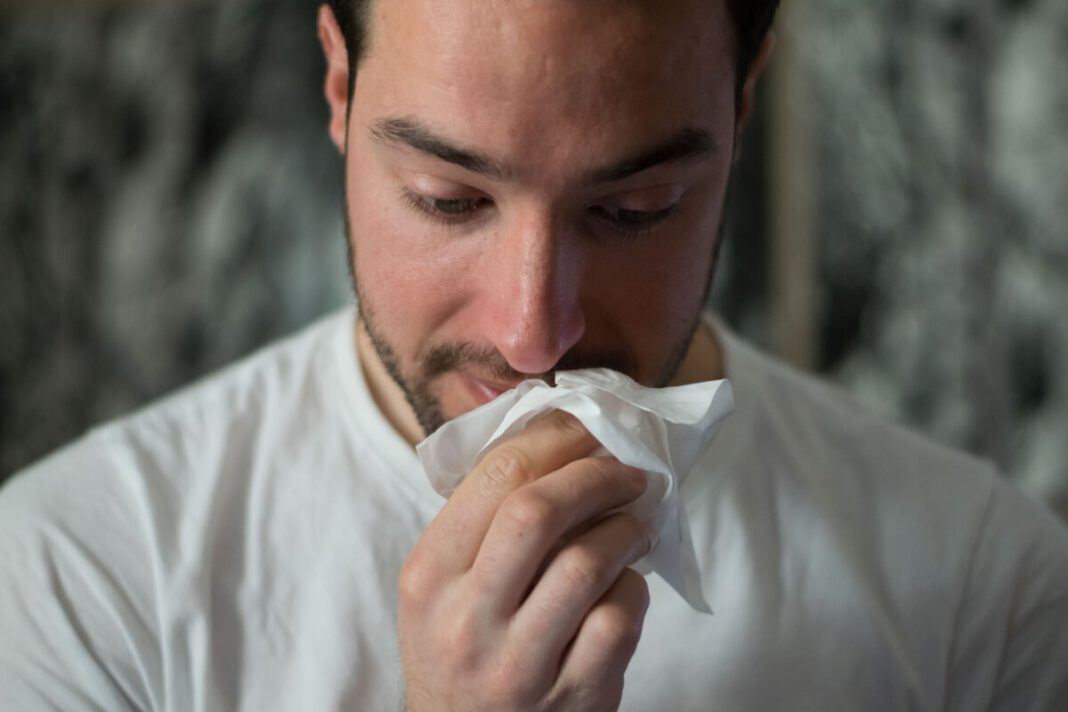Dutch figures can look particularly overwhelming: we’re well on the way to breaching 40,000 cases. But when it comes to recoveries? Nada.
Is it because the Netherlands is a black hole where everybody who catches coronavirus lives with it forever? Definitely not. But while figures are released daily on the number of positive tests, hospitalizations, and deaths, information on recovery rates is silent. Why?
Other countries aren’t shy about publishing these figures. In Australia, out of over 7000 cases, more than 6,600 have recovered. In the United States, there are a staggering 1.85 million infections, but more than 400,000 Americans have successfully bid the virus farewell. The reporting of these numbers offer the public a more accurate understanding of the current situation in their country.
The numberless Netherlands
But for the Netherlands, the ‘number of recovered persons’ is a blank box. According to the RIVM’s Harald Wychgel, it’s because the Dutch healthcare system is not set up to record recoveries. While COVID-19 cases must be reported by local health authorities, they don’t need to report when someone has beaten the virus.
“You don’t call your doctor if you have been given medication and you feel better later,” says Wychgel told RTL Nieuws. People are considered cured if they haven’t had any complaints in 24-hours.
Wychgel also questions whether the numbers would be of use to the general public. Considering the Netherlands took a relaxed approach to testing, and only opened widespread testing from June 1, it’s suspected that Dutch infection rates were far higher. Then, reporting the number of healed patients would always be incomplete, just like the daily reporting of infections.
Would you like to know how much of the Netherlands has recovered from coronavirus? Tell us in the comments below!
Feature Image: Brittany Colette/Unsplash



